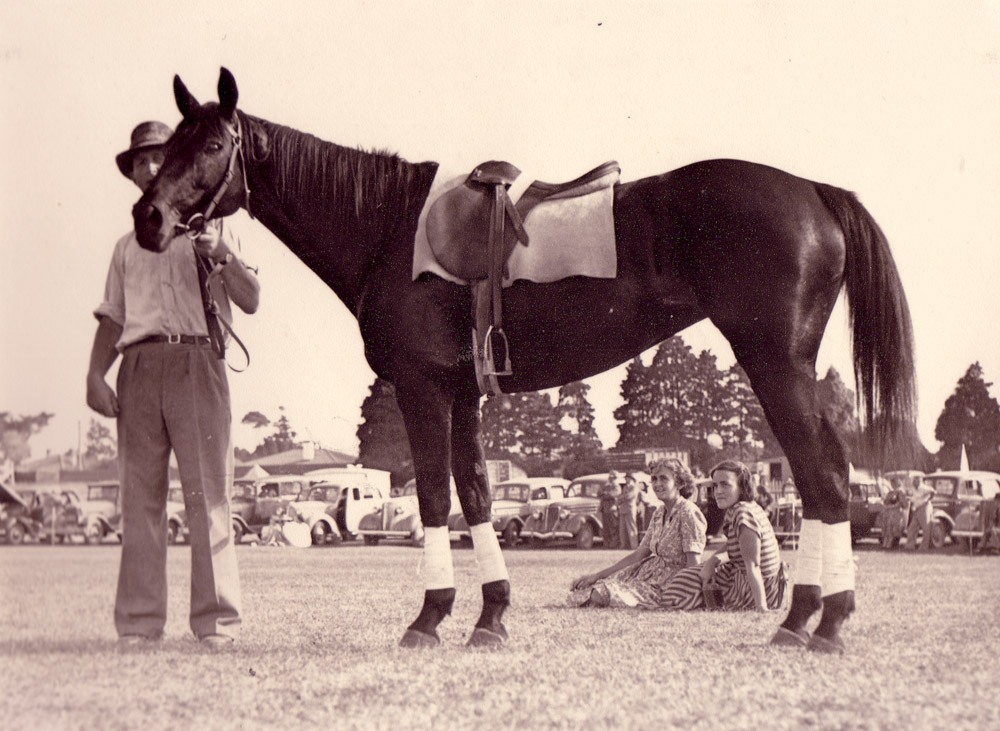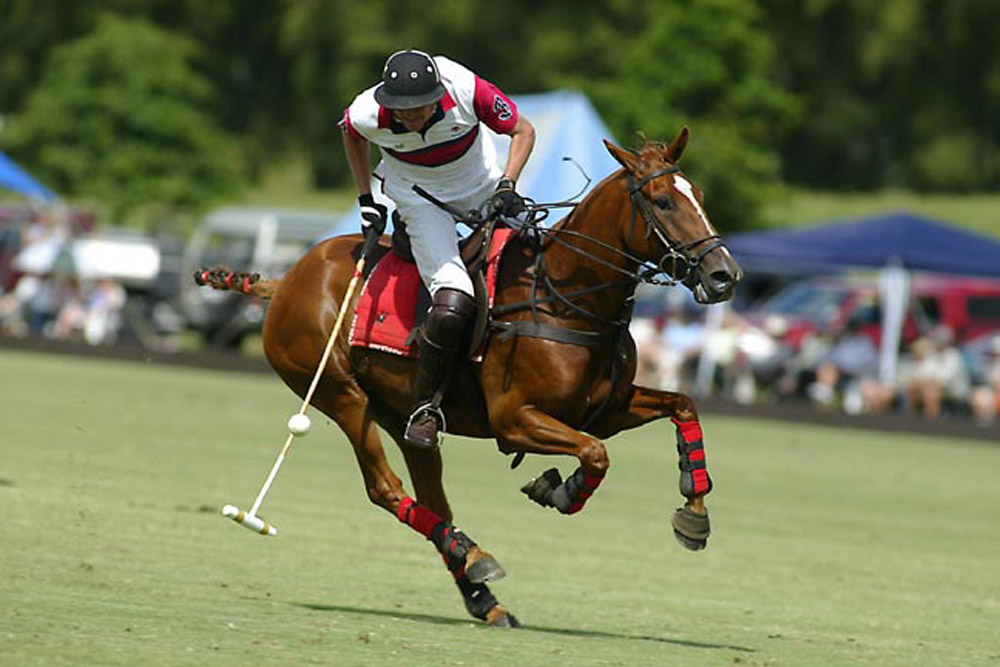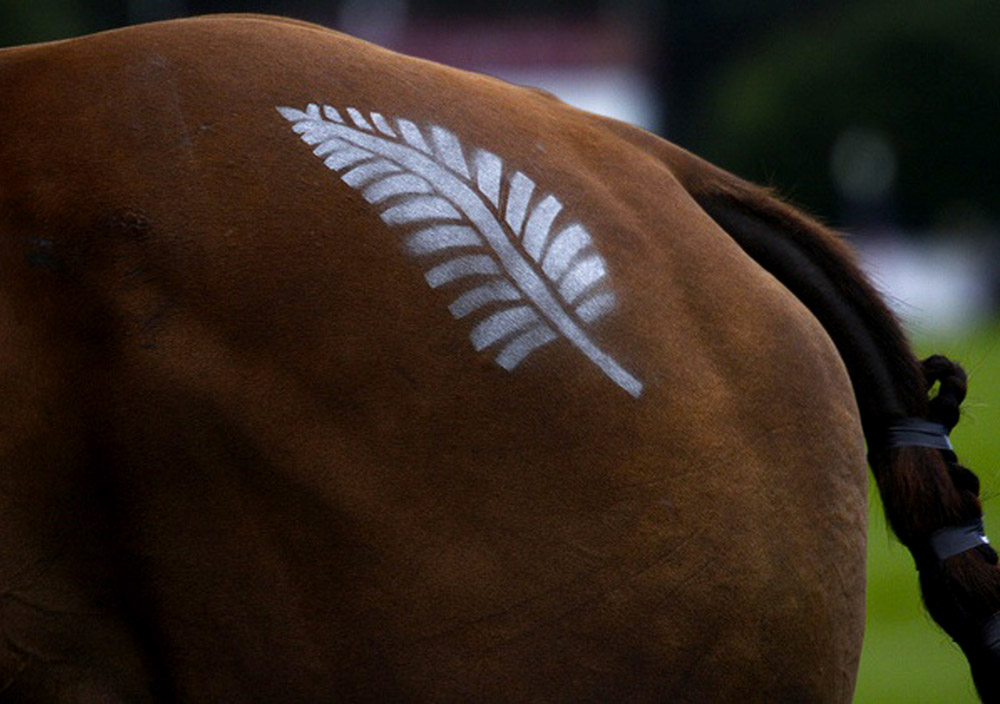Kihikihi players are historically renown for their home horse breeding with generations producing acclaimed polo ponies. To this day, players can generally go back through the family tree of their paricular good line of breeds for many generations and are reluctant to part with a mare that is able to still produce top class progeny.
The polo pony is the backbone of skillful, talented polo.
There has been an interesting and some might say colourful evolution of the polo pony, although since its inception, Kihikihi Polo Club have had ponies of a reasonably high standard. The district was scoured for suitable ponies, many purchased from local Maori settlers or rounded up from the back country surrounding Te Awamutu. Horses were in high demand for the Boer War and later, for the Mounted Rifles in WW1.
From a fairly helter-skelter beginning, with large groups of men astride small ponies, polo evolved into a more organised and skillful game. Mallet technique also evolved from dribbling the ball whilst leaning over the pony’s neck to full swings taken at speed and to be well mounted soon became very clear. Smaller, hunter type ponies gave way to larger, faster ponies and small thoroughbreds. The standard of polo pony increased markedly from the turn of the century and in 1919 the English authority, Hurlingham Polo abandoned the height restriction law. Today, most polo ponies stand around 15.1 hands.
Ideal ponies show speed, stamina and agility. The best are responsive, intuitive and have a calm disposition that enables them to focus all their energy on the game.
There have been many top ponies in the club. Allan Elliott won the Champion Pony trophy the first year it was presented at the A.P.P.A tournament in 1961 with his legendary mount “Drake”. The first winner of the prestigious “McKelvie Trophy” at the Savile Tournament for a team of three top ponies was John Kay. Many club members have gone on to win trophies for champion pony and team of ponies.
The club members all have stories to tell you of memorable ponies that have gone on to produce excellent lines of ponies over generations. Ask any of the Kay family about “Maud” !







